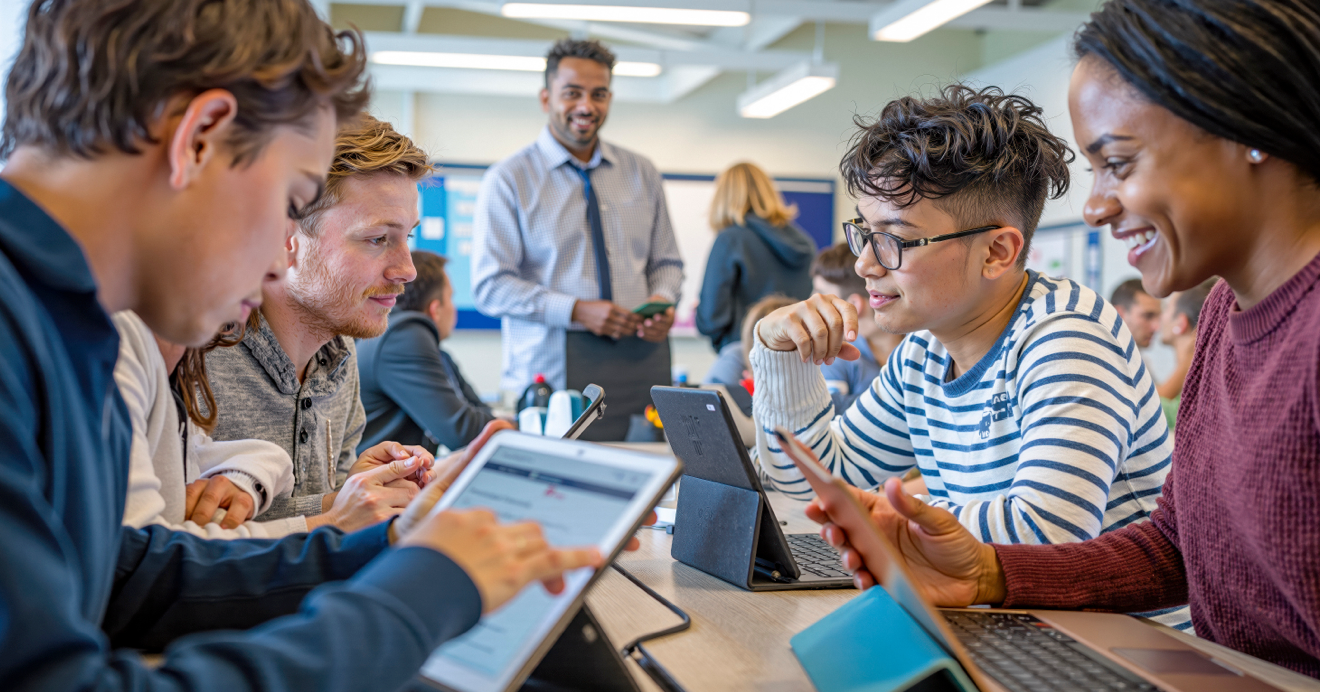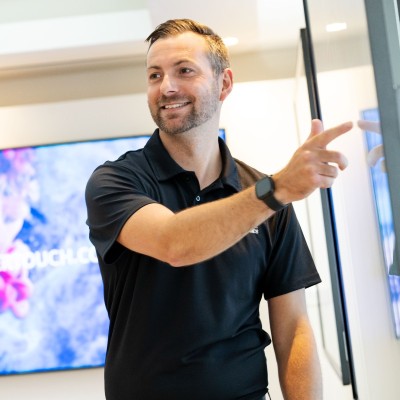The discussion, Technology Meets Pedagogy in Higher Education, brought together AV and learning technology managers from leading universities to explore how technology and pedagogy can work in harmony.
Simplicity First
A strong theme throughout the conversation was simplicity. University staff don’t want to wrestle with complex systems in front of a lecture hall. As one panellist put it: “The simpler, the better. Nobody wants to look like an idiot in front of 150 students.”
Standardisation across lecture theatres and teaching rooms was seen as essential — students and staff need to know what to expect when they walk into a space. Yet, there must still be room for flexibility to accommodate different teaching styles and specialist disciplines.
Technology as an Enabler
Rather than being applied for its own sake, technology must support pedagogy. When new tools are introduced, they often reshape teaching approaches, from the move away from ceiling projectors to interactive touchscreens, digital whiteboards, and QR codes. Faculty champions play a vital role in helping colleagues adopt new solutions, demonstrating how they enhance teaching rather than complicate it.
Hybrid Learning: A Lasting Legacy of the Pandemic
The pandemic forced universities to adapt quickly, introducing hybrid setups almost overnight. While many of those systems were initially “cobbled together,” they have now matured into valuable resources. Hybrid tools are used not only for remote students but also for guest lecturers and industry professionals who can beam into classrooms without costly travel.
Still, hybrid brings challenges: managing in-room and remote participants simultaneously often requires co-pilots or technical support. Institutions are now reviewing early hybrid rooms to simplify and improve reliability.
Accessibility and Inclusion
Accessibility is no longer an afterthought. From height-adjustable lecterns to hearing assistance systems and neurodiverse-friendly spaces, universities are rethinking how classrooms serve all students. Some institutions emphasised working closely with disability support departments to create bespoke solutions, while others admitted accessibility had been siloed and under-prioritised until recently.
Student Expectations Have Changed
Today’s students arrive at university having used touchscreens and collaborative platforms throughout their schooling. Their expectations are high. As one panellist noted: “There’s been a shift from students asking, ‘Can I do this?’ to ‘Why can’t I do this?’”
Students also demand spaces that support small-group collaboration and hybrid meetings, reflecting how learning and professional life increasingly overlap.
The AI Question
Looking ahead, artificial intelligence dominated the closing conversation. The consensus was that AI will not replace educators but will become an everyday tool, shaping assessment, course design, and even AV room planning. As one participant summarised: “It’s not AI that will take your job, it’s the person who learns how to use AI better.”
A Future of Partnership
The discussion made clear that the future of higher education lies not in choosing between pedagogy and technology, but in uniting them. Technology must empower teachers and learners, not overwhelm them. Success depends on dialogue: between technologists and academics, between institutions and their students, and between universities and the technology industry itself.
As universities navigate this accelerated era of change, one principle remains constant: keep it simple, keep it inclusive, and keep pedagogy at the centre.

